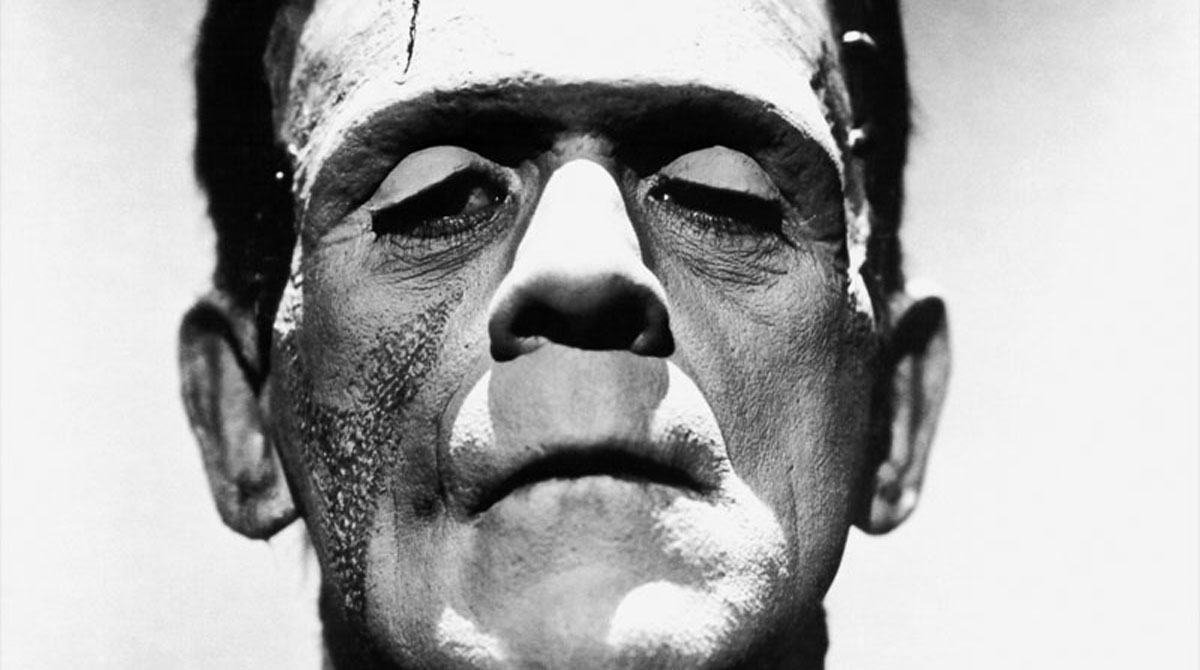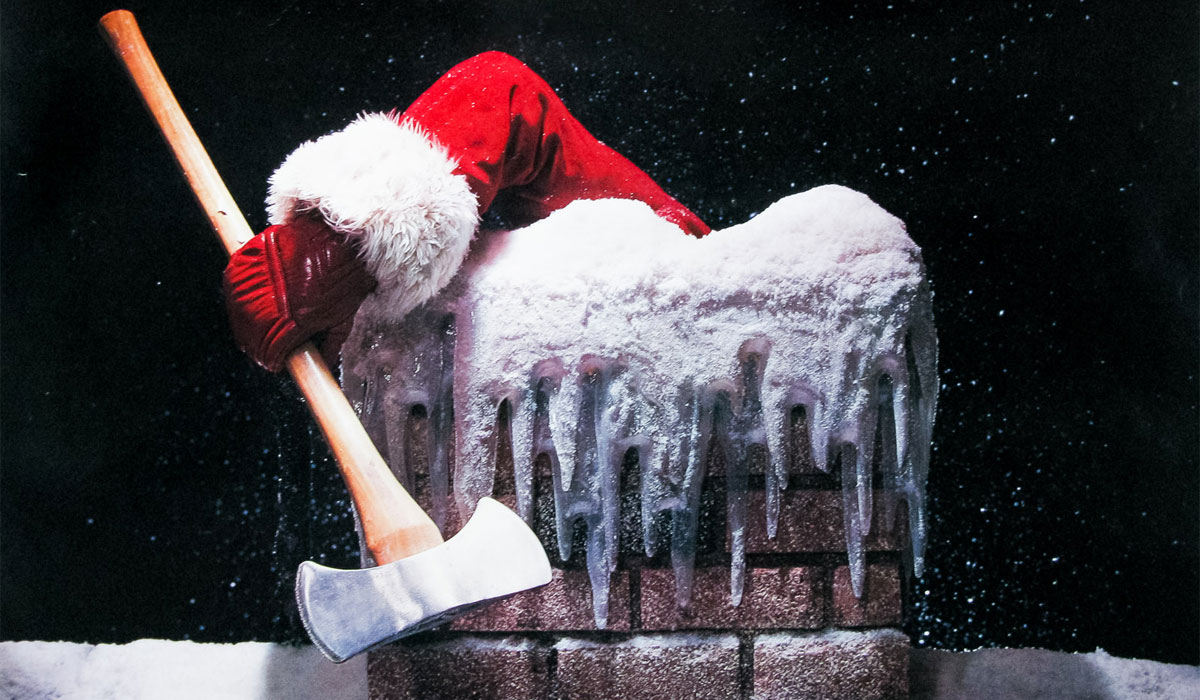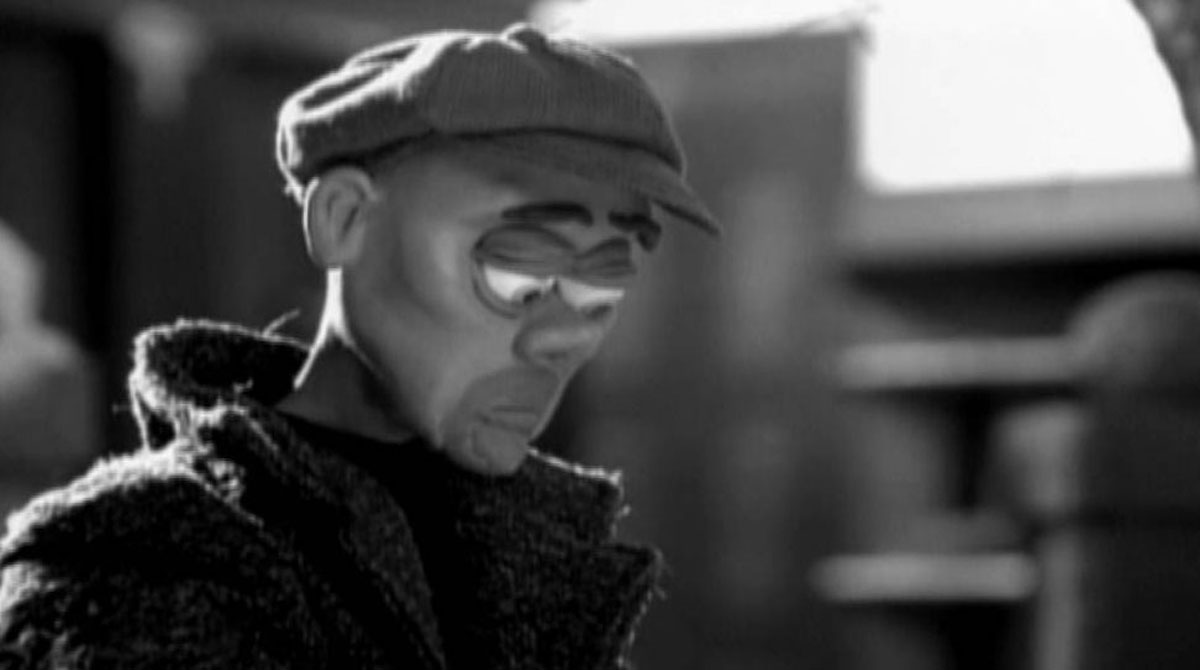Reckoning Upon God: Frankenstein
Frankenstein is one of the few classic monster movies that I did not see on a Saturday afternoon on a UHF channel. No, this film was played in prime time. It was a special movie-of-the-week. A re-showing of a classic film on “regular” TV. It was a big deal.
I sat with my mother, my brother, a few aunts and uncles and my grandparents in front of the 17” Trinitron to watch. My grandfather said to me just before it started, “This is the scariest movie ever made.” The fire had been lit, the lights were dimmed and bowls of JiffyPop handed out. We settled in to watch…
Much like Dracula it is impossible to escape the cultural impact of Frankenstein. The flat-top head, the bolts in the neck, the scars and slightly green hue in the skin; these things have become iconic. So iconic in fact, it is inevitably what comes to mind when the word Frankenstein is uttered. Children will lumber straight-legged with arms stiffly out-stretched grunting “Uhhhhh!” in imitation of the Monster.
“Oh, in the name of God! Now I know what it feels like to be God!” – Henry Frankenstein
What I Remember…
As for me I knew these images long before I saw the film, and I knew the film long before I knew the book it was based upon. Yes, I knew of the existence of the book, but I always assumed it was the print version of the movie. It wasn’t until college when I actually read the thing that I realized the filmmakers took a few liberties.
What I Think Now…
First off, it’s brilliant. It’s beautiful, shot by director James Whale in the classic German Expressionist style typical to the Universal monster films. It is well acted, well-paced and just an overall classic of the genre. Actually, I have very little if anything to say in negative criticism. The film, unusually, holds up extremely well even after 80 years. Which is amazing.
The film opens with that wonderful contrivance of early cinema, the “live” introduction. A man steps out on screen from behind a curtain as if the movie was taking place on a stage, a live production. The man then proceeds to give the audience “a word of friendly warning” about the events to come and if you do not wish to “subject your nerves to such a strain” to leave immediately. A creative disclaimer.
The “It’s Alive!” scene, parodied so many times over the years, could be taken as a bit over the top. But there is such a joy in that scene, the complete and utter exuberance of the character of Henry in bringing about life; I find it hard to do anything but smile when I see it. The line, quoted at the top of this article, about being God, was removed from the original cut of the film; too blasphemous for a 1930s crowd. Modern viewers are not so sensitive so it was reinserted into the film … in 1998.
The other famous scene, second only to “It’s Alive!” is the child and the daisies. This is another scene that was cut from the film in the initial release because of its disturbing nature. But the film could not have its impact without this scene. This is the heart of the film, what is disturbing about it is that is shows us that the Monster is not some mindless killing machine. He kills because of confusion and misunderstanding. When he throws the child into the lake it is not malicious, he simply wants to play. When she drowns he feels remorse and guilt. We know we are meant to hate this creature, but it’s hard to hate something we feel for. This is what is disturbing.
Similarly when Henry shows the creature the sunlight for the first time we see the Monster’s pain. He reaches for the light, pleading and yearning for something he does not have, for a life he does not understand. Then thrust into darkness he is beaten. The Monster rages because of the cruelty inflicted upon him, torture and torment both physical and emotional. Again, we know that we are to hate and fear this creature but the reality is not so clear cut.
The creature does not understand himself; he has been thrown into this world. He did not ask for it, to be created, to be born. It was only the vanity of man that brought him into existence, as a plaything and a trophy. He lashes out because he knows nothing else.
This does not excuse the violence; it only helps us understand it. The image of the father carrying his dead child through the streets while the town celebrated the wedding of Frankenstein is brutal. It is shocking and heartbreaking – when the townspeople rise up in anger understandable, almost a relief. Now things will be black and white, the creature is evil, an abomination. It must be stopped.
By the Monster won’t let us off that easy. He is fearful, running scared. He takes his creator to the act of creation. He wants answers, understanding. But he does not know how to ask, and he will get no sympathy from the torch wielding, rage-filled faces below. And in desperation he throws his creator away, allowing the mob to set his birthplace on fire.
And so the Monster dies, burned alive by anger and fear and hatred. The crowd disperses. We are left confused and unsatisfied. We know this is the way it is supposed to end, but is it the way it should?
So is this the scariest film ever made as my grandfather said? Perhaps ‘scary’ isn’t the right word. Haunting is probably better. This film haunts us, it stays with us long after it’s done and challenges us more than any other in this genre. In the end that is much more profound than just being scary.
Original Trailer
Monster Memories is an ongoing feature that looks at classic horror films and TV from the perspective of how I remember them as a child and comparing them to how I see them today as an adult. It is not meant to be a detailed critique of the film/show but rather a nostalgic look back on a genre I love.












Likhon chowdhury says:
Conor says:
Andy Garcia says: